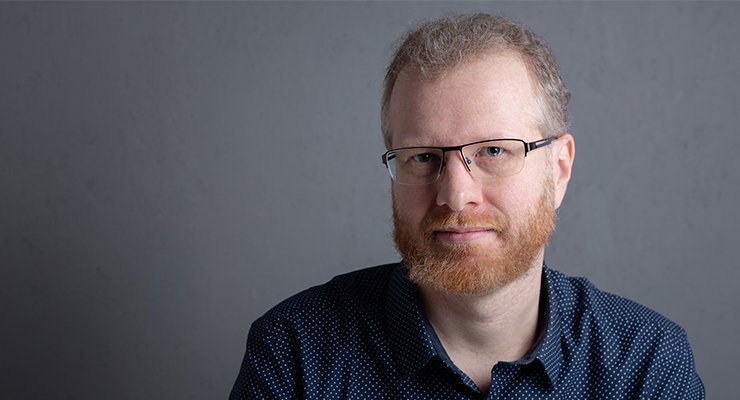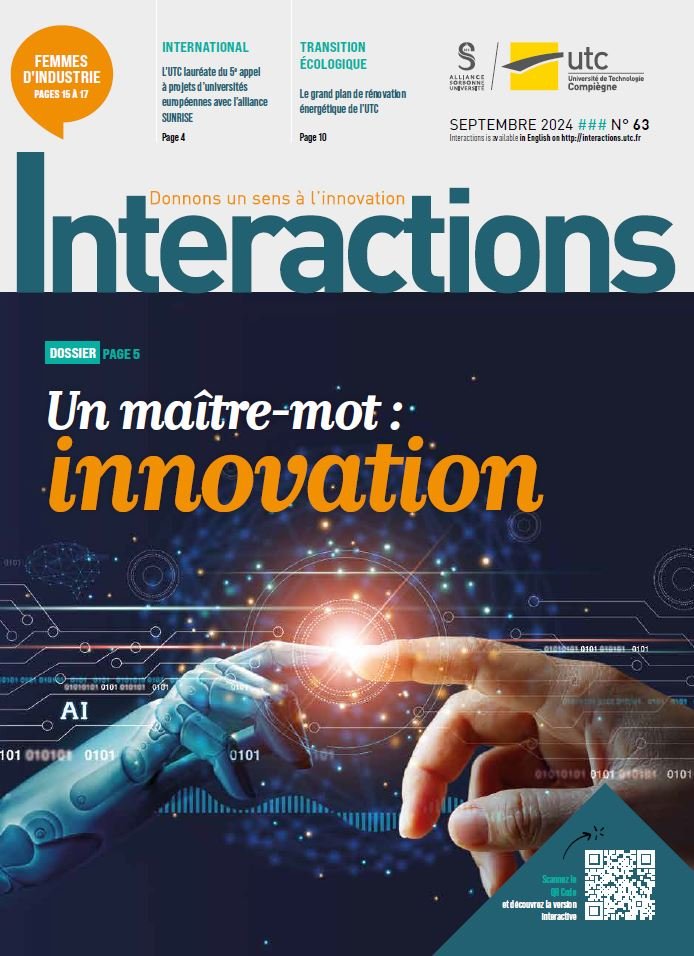A fungus that removes pollution

Antoine Fayeulle is a senior lecturer in microbiology and a research scientist at the URC-TIMR Laboratory. In particular, he is conducting research into the properties of a fungus capable of ‘digesting’ hydrocarbons that have accumulated over the years in soils. The champion of decontamination is Talaromyces helicus.
He owes his passion for fungi to teachers at the Université du Littoral Côte d’Opale (ULCO) where he studied. «ULCO research scientists realised that the fungi that degraded wood lignin were no longer very effective with heavy PAHs (Polycyclic Aromatic Hydrocarbons, viz., a class of organic compounds) when inoculated into soils. So I became interested in telluric fungi in my second year of undergraduate studies, during which I did a voluntary work placement with them», he says.
It was a passion that never left him, witness the fact that as soon he obtained his engineering degree from ESBS (specialty biotechnologies) in Strasbourg, he undertook a joint thesis, between ULCO and the Technical University of Munich. His thesis was devoted to bioremediation. In other words, how to use micro-organisms to degrade xenobiotics, or molecules of human origin that have an impact on the environment, such as medicines, cosmetics, pesticides and petroleum derivatives. «At ULCO, the researchers were working on fungi, but only in the laboratory, whereas the German team specialised in bioremediation using bacteria, carrying out experiments directly in the soil. Thus, during my thesis I became interested in “mycoremediation”, particularly in soils,» he recounts.
This led him to work on the problems associated with organic molecules and polycyclic aromatic hydrocarbons (PAHs). These are natural constituents of oil and coal. Antoine Fayeulle has made mycology his field of research for a good cause: safeguarding the environment. «Fungi are known to be better at degrading heavy PAHs than bacteria. In fact, fungi can degrade complex molecules — with more than four aromatic cycles, which is the case for heavy PAHs — whereas bacteria are only effective with molecules with one, two or three cycles. So, in Nature, only fungi know how to degrade wood lignin», he explains.
When Antoine Fayeulle joined the UTC-TIMR laboratory in 2014, he brought with him new skills, as the laboratory’s work had until then focused mainly on bacteria. While extending his areas of research to processes other than soil decontamination, he nonetheless retained this theme as a research focus. «That’s how we started working on bacteria/fungi communities, to get closer to what actually happens in Nature. And it was during discussions with Anne Le Goff from UTC-BMBI, who uses microfluidic systems to study the deformation of red blood cells, that the idea of a partnership took shape», he adds. This partnership led to a co-directed thesis with Anne Le Goff. «The aim was to understand how the fungus invades the microporosities of the soil in order to gain access to the pollutants. Hence the idea of growing mushrooms in a microfluidic system. We set up two chambers, one where we inoculated the fungus, and another for the pollutant, which has the advantage of being fluorescent, the two being linked by microchannels. This set-up enabled us to see the cellular incorporation mechanisms of the pollutant, and Talaromyces helicus demonstrated its full effectiveness», concludes Antoine Fayeulle.




